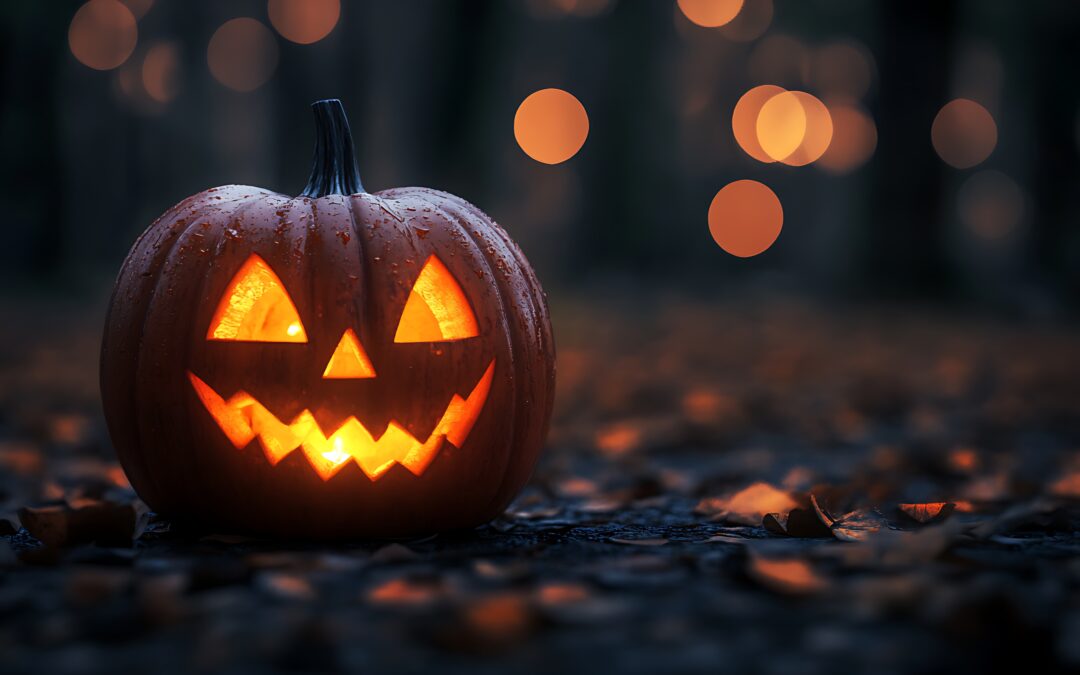The tradition of carving Jack-O’-Lanterns originates from an old Irish myth about a man named “Stingy Jack.” According to legend, Jack was a clever trickster who managed to outwit the Devil on several occasions. However, his deceit ultimately led to his doom. After tricking the Devil into sparing his soul, Jack was condemned to roam the earth in darkness for eternity. To light his way, he hollowed out a turnip, placed a burning coal inside, and used it as a lantern. This eerie image of Jack wandering with his makeshift lantern became a symbol of trickery and eternal wandering.
When Irish immigrants brought the story to America, they discovered that pumpkins, native to the continent, were much larger and easier to carve than turnips. This adaptation led to pumpkins replacing turnips as the material for making Jack-O’-Lanterns. The bright, colorful pumpkins added a festive element to the Halloween tradition, transforming the legend of Stingy Jack into a visually striking symbol of the holiday.
Today, carving Jack-O’-Lanterns is a beloved Halloween tradition, with families and communities coming together to create unique and artistic designs. These glowing pumpkins, now a staple of Halloween decorations, light up homes and pathways while still serving their original purpose of warding off evil spirits. The act of carving Jack-O’-Lanterns has evolved into a fun and creative activity, but it continues to honor the legend of Stingy Jack.
The history of the Jack-O’-Lantern offers a fascinating glimpse into how folklore adapts over time. From its origins in Irish myth to its transformation into a vibrant Halloween tradition, the story of Stingy Jack lives on. So as you carve your pumpkin this Halloween, remember the tale behind it and the centuries-old legacy of trickery and light it represents.


